Beautiful Plants For Your Interior
Beautiful Plants For Your Interior
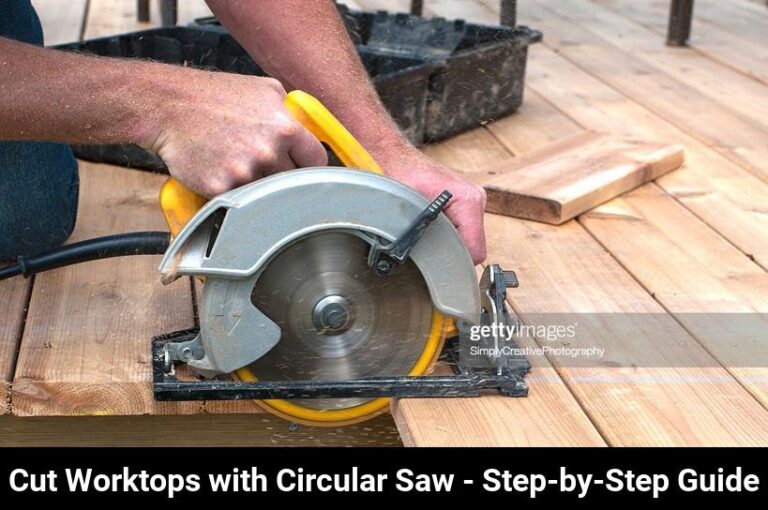
1. Measure and mark the worktop.
2. Secure the worktop to a stable surface.
3. Set the saw blade depth to the thickness of the worktop.
4. Cut slowly and smoothly along the marked line.
5. Check the cut and make adjustments as needed.

1. Put on safety glasses, gloves, and a dust mask.
2. Mark the particle board with a pencil to the desired size.
3. Set the circular saw to the appropriate cutting depth.
4. Secure the board to a work surface.
5. Cut slowly and steadily along the pencil line.
6. Check the cut for accuracy.
7. Sand the edges to smooth them out.
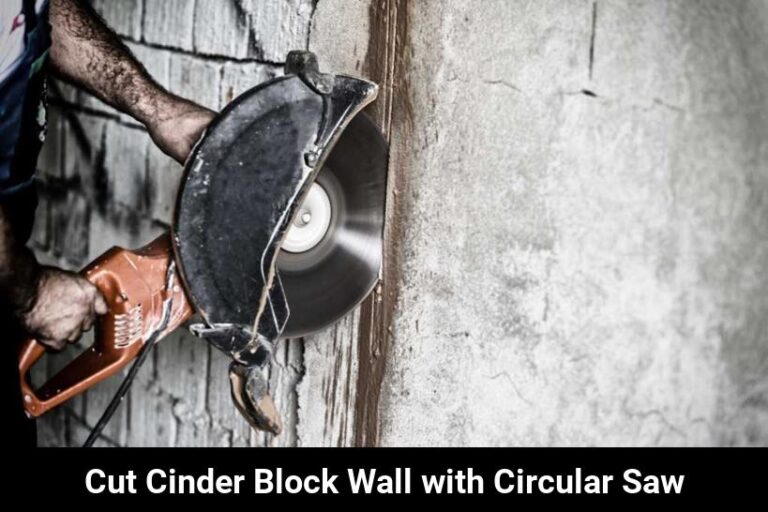
Cutting cinder block walls with a circular saw can be done by using a masonry blade. This blade will help the saw cut through the cinder blocks more easily and safely. Use safety goggles and a dust mask to protect yourself when cutting cinder blocks.
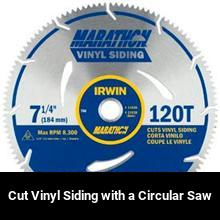
A circular saw is a great tool for cutting vinyl siding. Make sure to use a fine-tooth blade appropriate for the thickness of the siding. Take your time and measure twice before cutting. Wear eye and hearing protection, and use a dust mask to avoid inhalation of airborne particles.
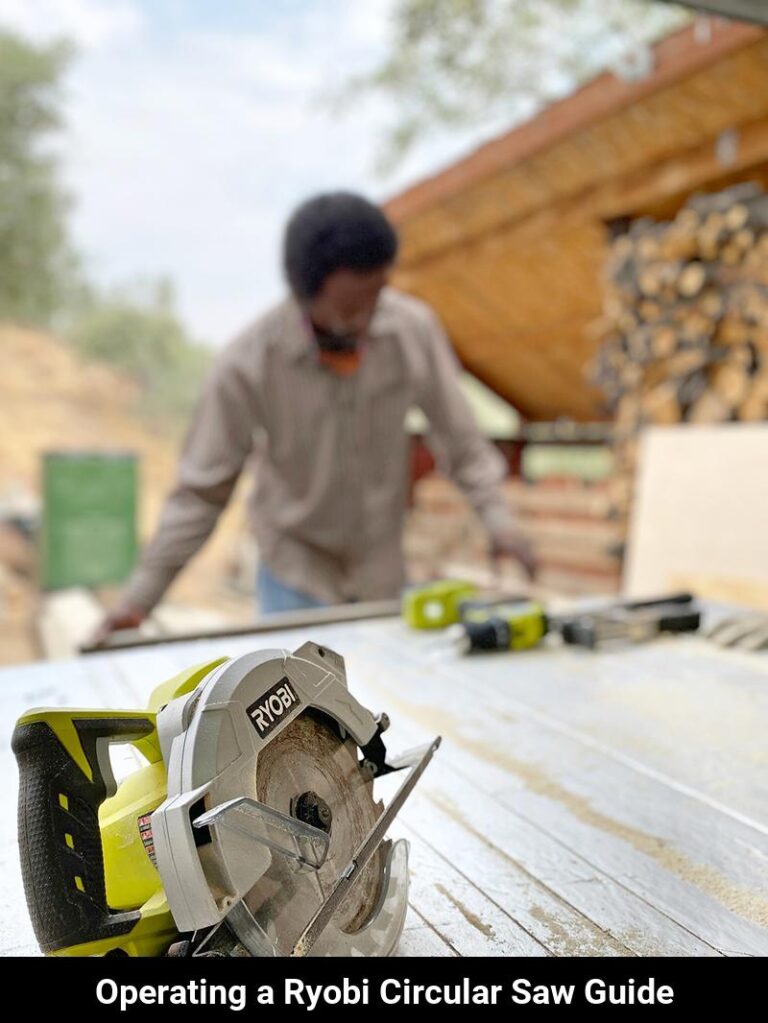
To operate a Ryobi circular saw, start by making sure the blade guard is in place and the power is off. Put on safety glasses and make sure the saw is securely mounted to a stable surface. Adjust the blade depth and bevel angle, then plug the saw into a power outlet. Press the power switch to turn it on and carefully guide the blade through the material. When you're finished, turn off the power and unplug the saw.
Cutting long boards with a circular saw is easy! First, secure the board to a workbench or sawhorses. Measure the desired length and clamp a straight edge to the board as a guide. Position the saw blade on the mark and make sure it's perpendicular to the board. Finally, start the saw and cut along the straight edge.
To cut mitered corners with a circular saw, start by marking the desired angle on the workpiece. Then, set the saw blade to the angle and make the cut. Repeat the same process on the other side of the workpiece to complete the mitered corner.
To use a hand saw correctly, hold the saw with both hands and guide it along the line you want to cut. Push down firmly and saw slowly along the line, keeping the saw straight and perpendicular to the surface. Use a steady rhythm when sawing. When finished, brush away any sawdust and inspect the cut for accuracy.
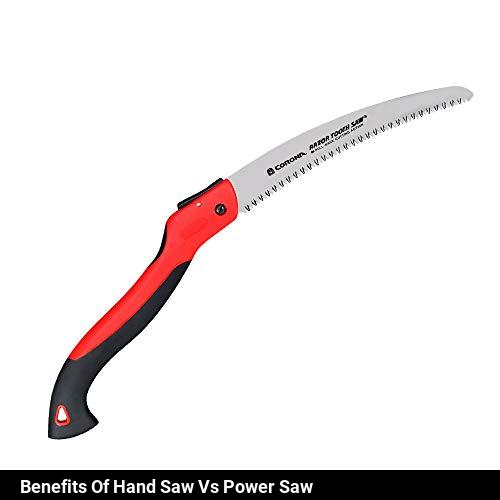
The main benefit of using a hand saw is that it requires less power and creates less noise. It also is more precise and can make more intricate cuts. A power saw is usually quicker and can make bigger cuts, but is also more expensive and requires more power.
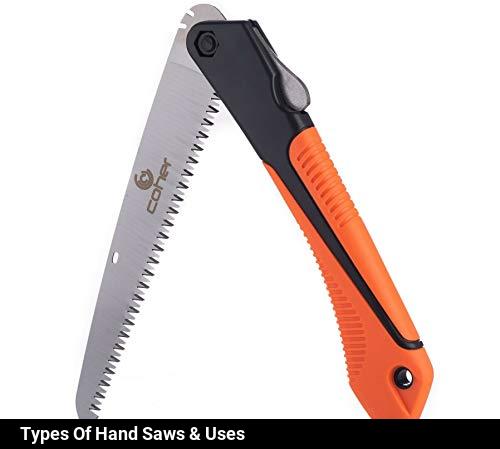
There are several types of hand saws, such as crosscut saws, ripsaws, hacksaws, dovetail saws, and keyhole saws. Crosscut saws are for cutting across wood grain, ripsaws for cutting along wood grain, hacksaws for cutting metal and plastic, dovetail saws for making angled cuts, and keyhole saws for making small holes.